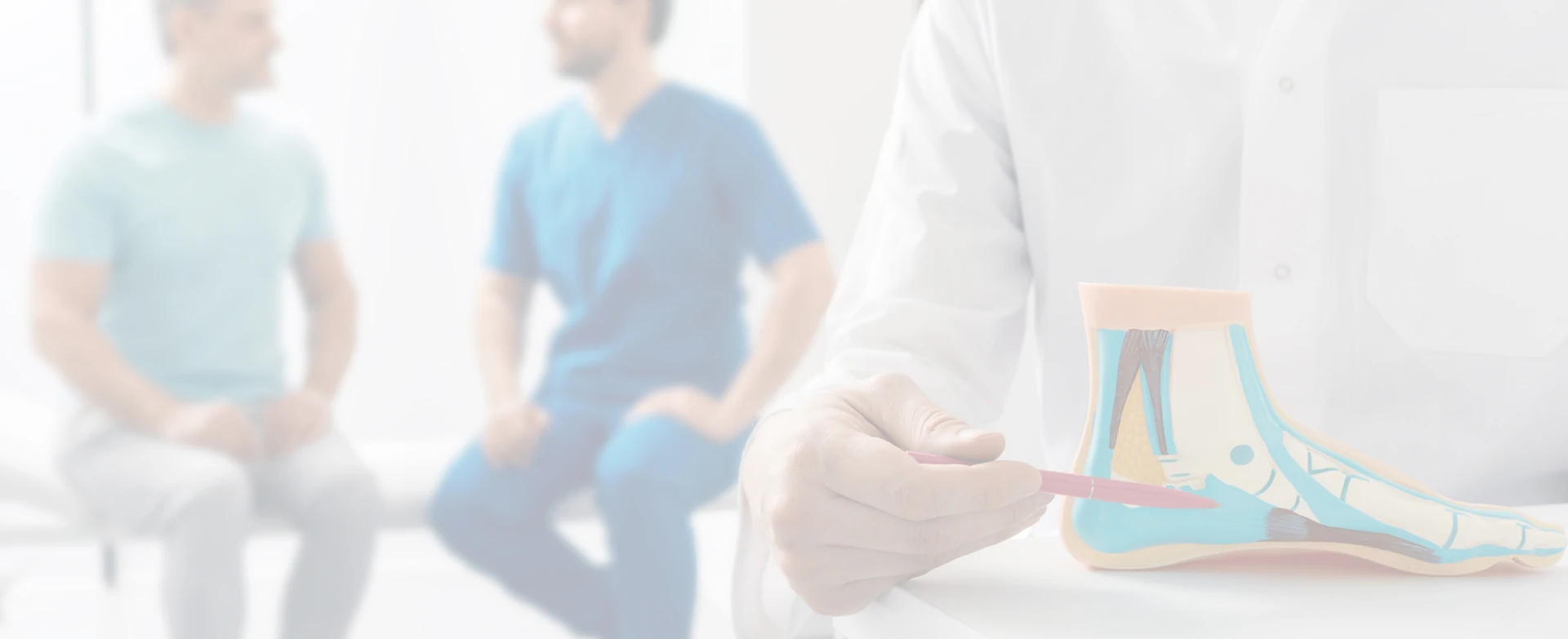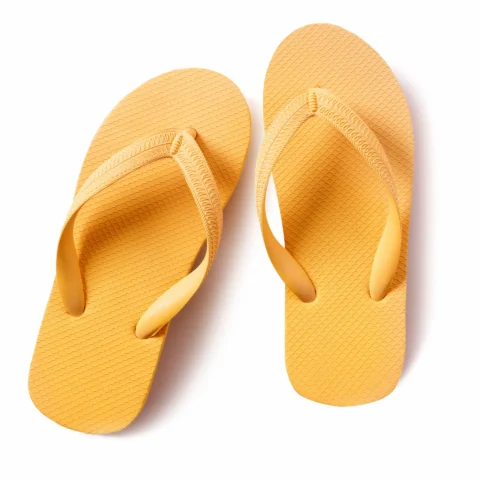
EUP
Hammertoe is a term used to describe a group of toe deformities. You can have a hammertoe, mallet toe or claw toe deformity depending on how the toe is bent.
In a normal toe, the two joints that are between the toe bones (phalanges) are straight, relaxed and flexible. If the toe bends only at the joint closest to the nail (known as the distal interphalangeal joint) it is called a mallet toe. If the toe bends only at the joint closer to the foot (known as proximal interphalangeal joint) it is a classic hammertoe. If the toe bends at both joints it is called a claw toe.
When a toe begins to contract or bend at the joints, the hammertoe that forms can be classified as either flexible or rigid. While a flexible hammertoe can be straightened out using slight manipulation, a rigid hammertoe cannot be straightened out. All hammertoes return to their contracted state when corrective pressure is released.
Hammertoes usually cause pain when conventional shoes such as loafers, flats, heels and even sneakers are worn. Hammertoes lead to the toes rubbing against each other or against the surfaces of shoe, leading to the formation of hard skin patches called corns. These corns begin to feel like pebbles attached to the skin and can cause excruciating pain when they press on nerves or become infected from a break down of the normal skin beneath them.
Most people do not think hammertoes are a serious condition and are more concerned with the appearance of their toes. However, if you have diabetes or circulation problems like peripheral vascular disease, hammertoes can be quite serious.
Hammertoe remedies usually include:
- The use of pads and shields
- Shoe stretching to accommodate the prominent joint
- Purchasing shoes that have room for the toes with high toe boxes and/or soft stretchy uppers
- Using creams to moisturize and soften any corns that form
- Using a pumice stone
- The use of liquid corn removers
Contact us now to discuss your foot and ankle health needs.
All of these remedies are recommended except the use of liquid corn removers. Liquid corn removers are usually made from salicylic acid that burns the skin and can lead to devastating consequences for diabetics and those with peripheral vascular disease.
The type of pad chosen is dependent on the type of hammertoe you have. For mallet toes, toecaps will work better than toe tubes that work better for classic hammertoes. For corns between the toes, toe spacers or lambs wool works well for many hammertoe sufferers.
There are many devices available that will temporarily straighten out flexible hammertoes and often times allow for more varied shoe gear wear. A device called a Budin splint and another called a crest sling can temporarily reign in a hammertoe.
If conservative measures described so far do not allow for comfort during shoe wear or the deformity is so severe that it causes frequent sores and infections, surgery will be an option for many. Hammertoe surgery is usually a same-day procedure performed on an outpatient basis generally utilizing sedation and local anesthetic. The procedures performed are chosen by the patient and surgeon to maximize the chance of an esthetic and functional result.
The most common surgery used to correct hammertoes is an arthroplasty surgery. In the arthroplasty procedure part of the phalangeal bone is removed and the toe is sutured into a corrected position. Often times any discolored or hardened skin is removed and a plastic repair is done. If the toe is also rotated in addition to being contracted (as is often the case for the small toe) the skin repair can be used to de-rotate the toe in what is termed a de-rotational arthroplasty. In our practice we generally place our incisions across the joint where the natural skin lines occur for a very cosmetic, natural effect post-operatively.
In some cases, a fusion arthroplasty is necessary. Usually a fusion arthroplasty is done in cases of reoccurrence of a hammertoe after a standard arthroplasty or in cases where there is an adjacent bunion or a neurological issue like stroke, cerebral palsy or paralysis. When performing a fusion arthroplasty a device to help hold the bone segments together will usually be utilized. May options for fixation of fusions in the toes exist and the device chosen will vary according to surgeon and patient preference. In addition, many patients opt for absorbable devices so there is no retained metal in their toes or need for pulling of pins after the bones have healed.
In most cases, surgical correction of hammertoes is a minor procedure with long-lasting correction and minimal recuperation time. We invite you to seek a consultation if you suffer from hammertoe issues.
For more information on hammertoes or to schedule a consultation with one of our specialists, contact Essex Union Podiatry today.

